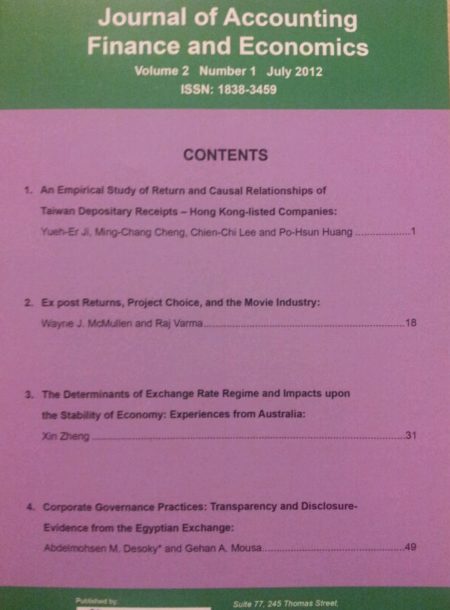Journal of Accounting, Finance and Economics
Vol. 8. No. 1. March 2018 Issue, March 2018, Pages: 33 – 41
A Better Distribution of Income Improves the US Economy
Bob Namvar
The recent economic upturn after the recession of 2007-2009 has been more sluggish than most previous recoveries. The new tax laws will lead to more government borrowing to finance its budget deficit which will raise the interest rate and crowd out households and firms which will reduce aggregate spending and will have a contractionary impact on the American economy. Although there is no consensus about a solution for recession, there are some economic policy recommendations which can help a contracted or sluggish economy. Specifically, a better distribution of income improves the US economy especially during the economic downturn and or the slow recovery. Using time series data for 1949-2017(Q3), the empirical estimates confirm the hypothesis that the propensity to spend out of average and below average income is greater than the propensity to spend out of high income. Any policies, such as recent changes in tax laws in favor of high income will reduce aggregate spending and will have a contractionary impact on the economy. Any policies leading to shifts of income from high income to average and below average income will increase the aggregate spending and have an expansionary impact on the economy. Therefore, a better distribution of income improves the US economy both during the economic slowdown and the recovery after 2007-2009 recession.

